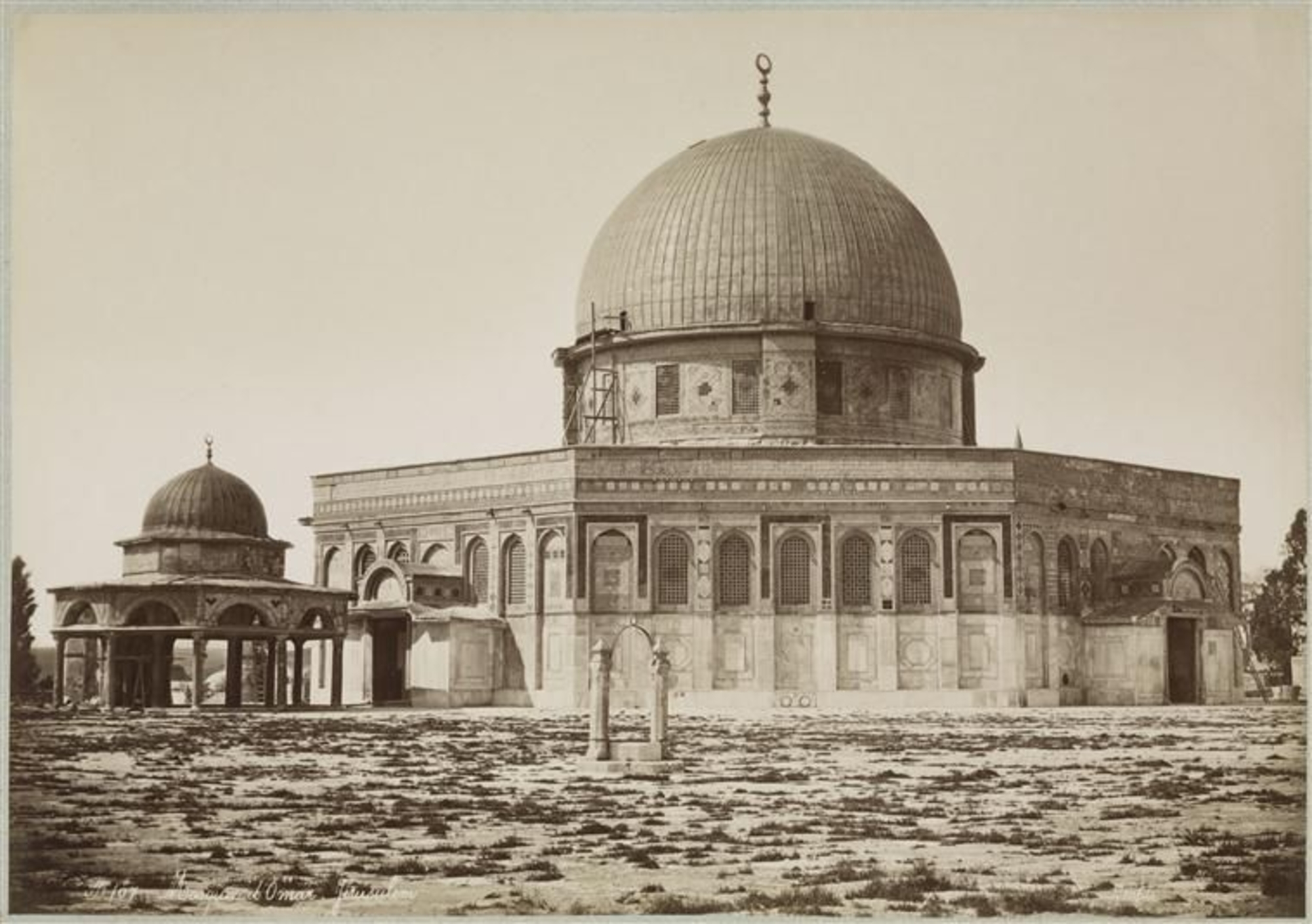
- Home
- Architecture of the Umayyad Caliphs
- Seat of government
Archaeologists have uncovered several richly decorated buildings in the Syrian and Jordanian steppe. Constructed and inhabited by the Umayyad aristocracy, they are known as ‘desert castles’.
Umayyad: a dynasty on the move
Damascus, like all major cities in the Umayyad empire, had both a great mosque and a palace. The seat of the central imperial administration and the main residence of its rulers, it is considered the capital of the Umayyad empire. However, the dynasty was highly mobile and had many residences throughout the Levant. They were built in the centre of cities, such as in Amman in Jordan and Anjar in Lebanon, or in the steppe, and formed a relatively dense network of ‘desert castles’, which included Qasr al-Hayr al-Gharbi, founded in 727, during the reign of the Caliph Hisham (ruled 724-743).
Agricultural estates
Though we refer to this group of steppe constructions as ‘desert castles’, this was not their original function. Far from being isolated constructions in the middle of the desert, they sat within large agricultural estates with elaborate irrigation systems. They were similar to the Roman villae and Byzantine aristocratic residences elsewhere in the region. What they produced played an important role in the local economic equilibrium, and their position allowed Umayyad rulers to stay in permanent contact with the region’s mostly nomadic Arab tribes.
Fort and palace
Located in present-day Syria, between Damascus and Palmyra, Qasr al-Hayr al-Gharbi stood at the crossroads of several caravan routes. A place of recreation and the centre of an agricultural estate, it consisted of a main building with a fortified appearance, a bath, caravanserai, dam, lake, mill, and a vast series of irrigated agricultural plots.
The square building resembled Roman forts elsewhere in the region, with a high wall reinforced with semi-circular towers and a single entrance. The rooms were organised over two storeys around a central courtyard and cistern. On the first floor, above the entrance, was a large, lavishly decorated reception hall, reflecting the palatial character of the building as a whole.

